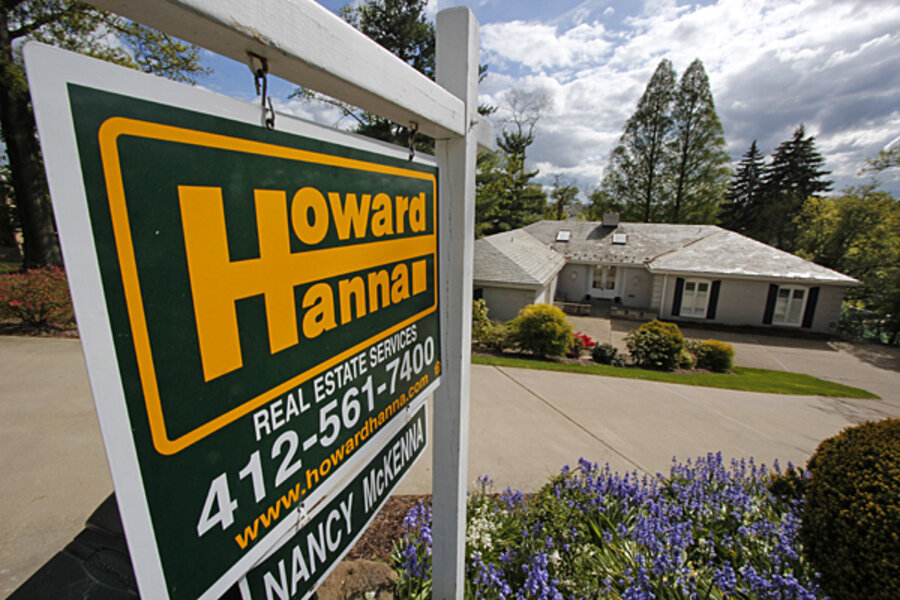House prices post largest rise since 2006
Loading...
Already a bright spot in the economy, the housing market is starting to shine even more. Home prices have notched their largest increase since the housing bubble burst.
The S&P/Case-Shiller composite home price index of 20 cities rose 1.1 percent in March, and 10.9 percent since last year, beating analysts’ expectations of a 10.2 percent annual gain. That’s the index’s biggest increase since April 2006.
“This update was the strongest in years,” IHS Global Insight US economists Patrick Newport and Stephanie Karol wrote in an e-mailed analysis. “Seasonally adjusted prices were up in all 20 cities for the fourth straight month; prices were up from a year earlier in all 20 cities for the third straight month; five cities posted their largest month-on-month gain in over seven years; twelve cities saw double-digit increases from a year earlier; and all three major indexes rose at double-digit rates from a year earlier.”
Seasonally adjusted prices rose in all of the index’s 20 cities for the fourth month in a row. Non-seasonally adjusted, only New York and Minneapolis posted monthly declines.
The biggest gains came from areas hit hard by the housing collapse: Prices in Phoenix rose 22.5 percent from last year; San Francisco saw a 22.2 percent year-over-year increase. In Las Vegas, prices rose 20.6 percent.
Much of the acceleration in housing prices can be attributed to heightened demand and tight supply. Buyers are slowly getting back into the market, but the construction of new homes has yet to catch up, according to Mr. Newport and Ms. Karol.
“Construction of single-family homes has been depressed since late 2007 in nearly every state,” they write. “As prices go up, more homeowners will list their homes, which will reduce the shortages somewhat. Eliminating the shortage, however, will require new construction,” they add.






